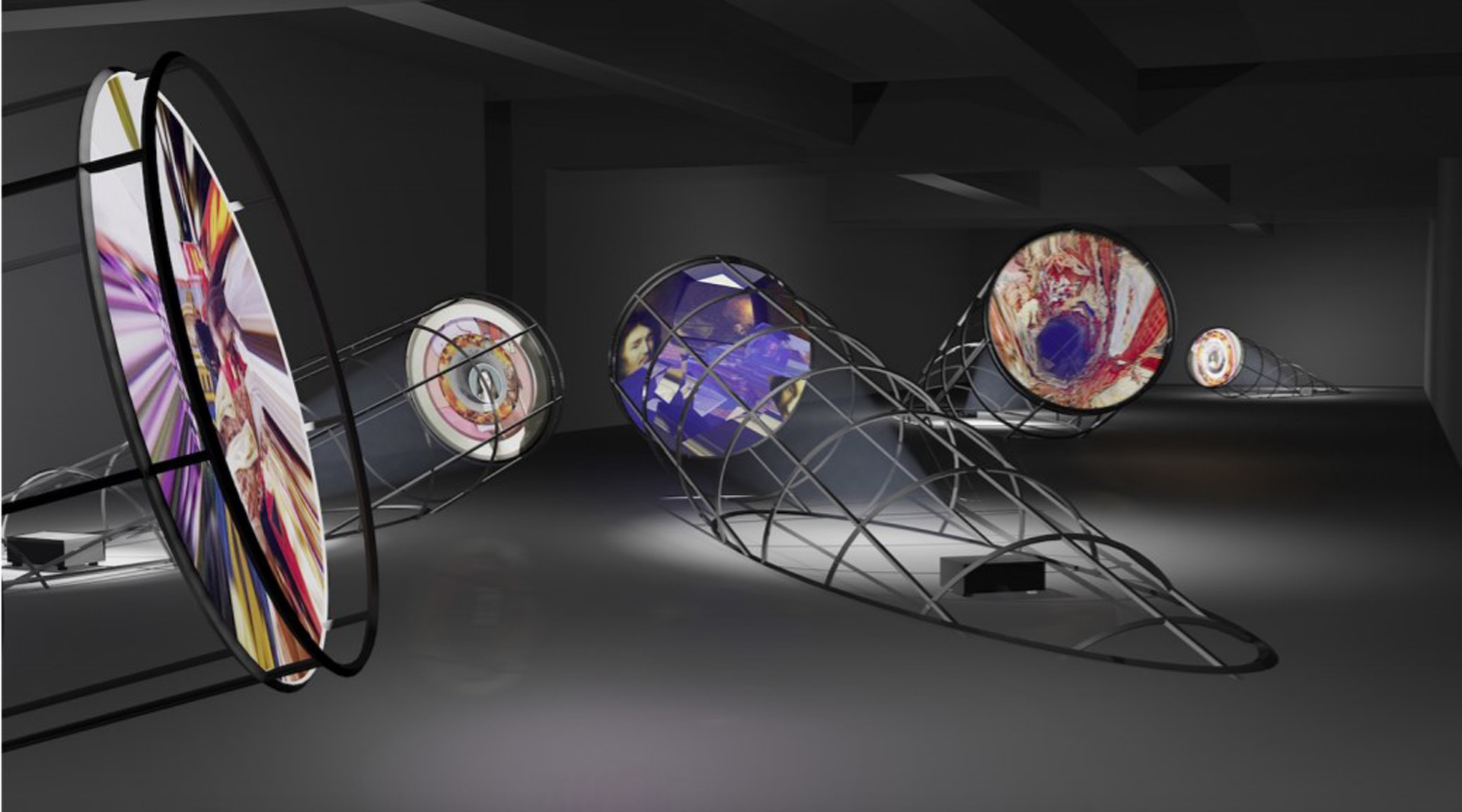“Inside the Tunnel under the Atlantic” by Maurice Benayoun
Title:
- Inside the Tunnel under the Atlantic
Artist(s) and People Involved:
Exhibiting Artist(s):
Symposium:
- ISEA2016: 22nd International Symposium on Electronic Art
-
More artworks from ISEA2016:


Venue(s):
Artist Statement:
In 1995, when the Web was just emerging, Maurice Benayoun created a virtual underground world using images from the collection of French National Museums and the Museum of Civilizations, Quebec. The work took place simultaneously at the Pompidou Center in Paris and the Museum of Contemporary Art, Montreal – linking the two cities in the world’s first virtual Tunnel Under the Atlantic. Images from the museum collections formed “cultural obstacles” that visitors had to dig through in Paris and Montreal respectively, led by nothing other than sound and music composed by Martin Matalon in order to meet each other.
Unlike the virtual reality technologies prior to this, which worked predominantly with predetermined, fixed virtual environments, the structure of the virtual tunnels are a formless mass of data and uninformed matter until the user makes certain decisions. The users are thus the pioneering navigators of a constellation of information points that shift based on their input. Benayoun had conceived of a society of intelligent virtual agents, each of whom facilitates the user to discover this virtual environment, while also producing artworks within this world. The team consists of:
• The Librarian: a content manager – draws up the images from the museum collections,
anticipating visitors’ desires.
• The Architect: facilitates the digging into these images to form the tunnels
• The Video Director: shoots and edits footage of the entire journey in real time
• The Photo Reporter: captures still shots of the tunnel digging and all the “galleries” created by the participants
• The Composer: composes music and manages the audio mixing in real time
Each agent evolves, improving their skills and changing their topics or their resources, learning alongside the participants.
In his 1995 review of the Tunnel Under the Atlantic published in Le Monde, Jean-Paul Fargier describes the experience of digging as, “indeed entering images. Not only in what they represent, but in their very fabric. Walking, discovering secret channels, curling up in their folds, being lost in their frames, watching them throb, and bouncing from one to the other like playing hopscotch in an infinite curve”.
The work,Tunnel Under the Atlantic is recognized as the:
· First intercontinental virtual reality installation;
· First virtual reality installation with real time dynamic
· architecture, and;
· First virtual video director;
· First virtual photo reporter;
· First virtual librarian using artificial intelligence;
· First virtual composer;
· First real time video meeting inside a virtual reality environment;
· First user centric content in a virtual reality environment.
Video:
-
Inside the Tunnel Under the Atlantic by Maurice Benayoun / 1995 / Excerpt from 22hr30mn from Chloe Osage on Vimeo.
Category:
All Works by the Artist(s) in This Archive:
- Maurice Benayoun

WorldSkin
[ ISEA2000]
Emotion Forecast (2010) (Video Vers...
[ ISEA2013]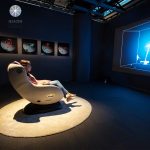
Value of Values
[ ISEA2019]
Inside the Tunnel under the Atlanti...
[ ISEA2016]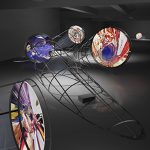
Colors Tunnel
[ ISEA2016]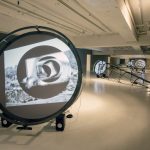
Border Tunnel
[ ISEA2016]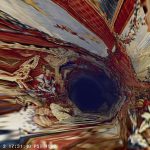
Inside the Paris-New Delhi Tunnel
[ ISEA2016]

